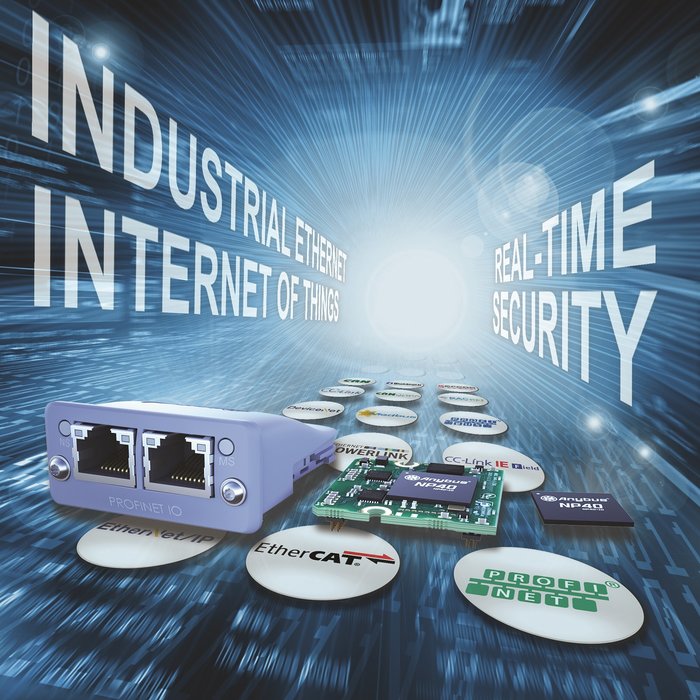www.industry-asia-pacific.com
10
'17
Written on Modified on
Anybus® CompactCom™ from HMS to support the IoT technologies OPC UA and MQTT
HMS Industrial Networks now announces support for the IoT protocols OPC UA and MQTT within the Anybus CompactCom range of embedded networking solutions. With OPC UA and MQTT in the portfolio, device and machine manufacturers who use CompactCom are offered a straight-forward path to providing secure data to the IIoT factories of tomorrow - already today.

Anybus CompactCom now opens a new door to IIoT, thanks to the support for OPC UA and MQTT. Thousands of device manufacturers and machine builders who use CompactCom can now make their data available to IT systems and IoT software in an easy and secure way.
The support for OPC UA and MQTT in CompactCom greatly facilitates communication with IT-systems and IIoT applications, offering data straight from a device or machine. Users will be able to analyze data from CompactCom-equipped devices and machines for the purpose of e.g. predictive maintenance and manufacturing optimization – key elements for realizing the vision of IIoT.
Availability of OPC UA and MQTT in CompactCom
HMS is recognizing OPC UA and MQTT as two of the most important protocols for data and information exchange within the smart industrial solutions of the future. Accordingly, OPC UA and MQTT is implemented into the CompactCom industrial Ethernet offering, starting with the EtherNet/IP and PROFINET versions end of 2017.
Additional IIoT solutions using CompactCom
In addition to supporting OPC UA and MQTT, CompactCom offers several other ways to connect industrial hardware to IT-systems and IoT software, with features such as integrated, customizable web pages and support for web services, email and FTP. Users with specific demands regarding communication between OT and IT, can do-it-themselves using the CompactCom socket interface or the Transparent Ethernet functionality. These methods allow users to develop their own IT-connection while CompactCom handles the network communication.
Read more in the publication “Into the future with Anybus CompactCom.” Available for free download at https://www.anybus.com/intothefuture
About OPC UA
OPC Unified Architecture (UA) is a service-oriented industrial communication standard for secure and reliable data exchange. OPC UA is platform-independent and ensures a seamless flow of information among devices from multiple vendors. OPC UA defines services for data exchange between Clients and Servers including access to real-time data, monitoring of alarms and events, access to historical data and other applications. The standard is managed by the OPC Foundation.
OPC UA is today applied in a wide range of applications and solutions stretching from straight-forward M2M communication to new upcoming solutions like IT/OT bridging and cloud connectivity. As any other IP based communication protocol, OPC UA can co-exist with other industrial protocols on the same network complementing real-time control with a secure and service-oriented data channel.
About MQTT
MQTT (Message Queue Telemetry Transport) is a publish/subscribe messaging protocol ideal for IT/OT bridging and IIoT solutions. Based on its light-weight and straight forward approach, it has become one of the most popular protocols enabling industrial data and information exchange.
MQTT is based around a message broker to which industrial devices (clients) connect. The clients exchange information via the broker based on topics with a flexible syntax. The broker uses the topics to decide which clients to receive a message.
Compared to OPC UA, MQTT is more flexible and easier to implement. On the other hand, it lacks the data, service models and security schemes provided by OPC UA.

